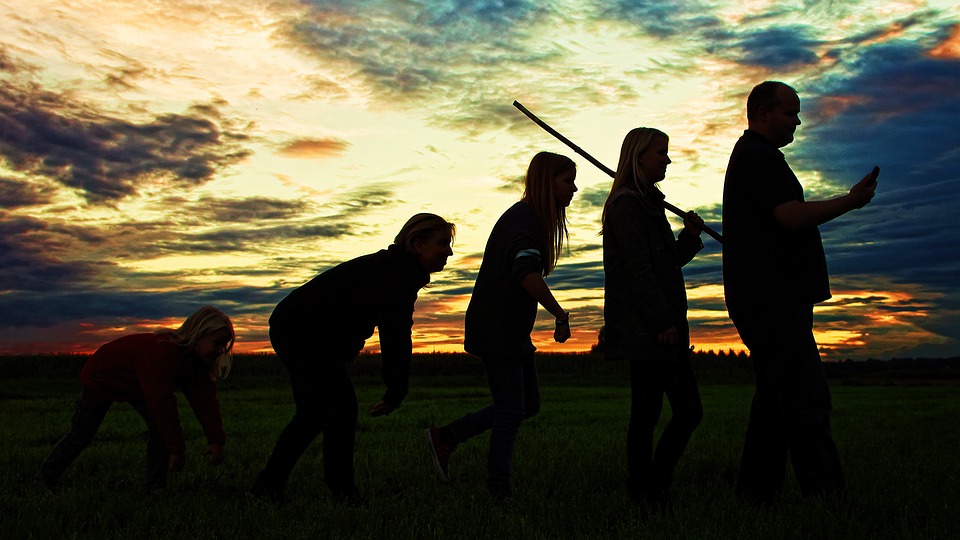Introduction
Animation is the process of creating moving images. It has come a long way since its early beginnings
with flipbooks and experienced significant advancements with the adoption of computer-generated imagery (CGI).
In this article, we will dive into the fascinating journey of animation evolution, highlighting the key
milestones, techniques, and technologies that have shaped the industry we know today.
The Birth of Animation: Flipbooks
Before the invention of film, flipbooks were a popular form of animation. These simple handheld devices
contained a series of sequential drawings that, when flipped quickly, created the illusion of motion.
Flipbooks laid the foundation for the concept of frame-by-frame animation, where slight changes in each
drawing added continuity to the movement.
Stop Motion: Bringing Inanimate Objects to Life
Stop motion animation introduced the idea of manipulating physical objects frame by frame to create
the illusion of movement. Early pioneers, such as Willis O’Brien, brought dinosaurs to life in the
groundbreaking film “The Lost World” (1925). Stop motion became a popular technique in animation,
with famous works like “King Kong” (1933) and “Jason and the Argonauts” (1963) showcasing its incredible
possibilities.
Hand-Drawn Animation: Disney’s Golden Age
The rise of hand-drawn animation revolutionized the industry. Artists meticulously drew each frame by
hand, creating captivating characters and bringing them to life through movements and emotions.
Studios like Walt Disney Productions played a crucial role in popularizing this technique, with iconic
films like “Snow White and the Seven Dwarfs” (1937) and “The Lion King” (1994) enchanting audiences worldwide.
Hand-drawn animation had a dominant presence until the late 20th century before slowly giving way to newer technologies.
The Rise of Computer Animation
The introduction of computer animation brought a seismic shift in the industry. Early pioneers such as
Pixar Animation Studios pushed the boundaries of what was possible with films like “Toy Story” (1995),
the first feature-length computer-animated film. This marked the beginning of the era where computers
played a critical role in creating animated characters, environments, and visual effects.
The CGI Revolution: Advancing Realism and Beyond
Computer-generated imagery (CGI) has dramatically changed the animation landscape. It enables animators
to create stunning visuals, realistic characters, and immersive worlds. Films like “Jurassic Park” (1993)
pushed the boundaries of incorporating computer-generated dinosaurs seamlessly into live-action footage.
The advancement of CGI continues to push new boundaries, with recent examples such as “Avatar” (2009) and
“The Jungle Book” (2016) showcasing the incredible realism that can be achieved.
Motion Capture: Realistic Character Movement
Motion capture revolutionized character animation. By capturing the movements of real actors, animators
could translate their performances into digital characters. Films like “The Polar Express” (2004) and
“Planet of the Apes” (2011) demonstrated the advancement in motion capture technology and its ability to
bring lifelike movements and expressions to animated characters.
The Rise of 3D Animation
Three-dimensional (3D) animation has become the industry standard in recent years. With advancements in
computer processing power and software capabilities, animators can create visually stunning and highly
detailed characters, environments, and effects. Films like “Frozen” (2013) and “Finding Nemo” (2003) have
captivated audiences worldwide with their immersive 3D animation.
Conclusion
From the modest flipbook to the awe-inspiring CGI and 3D animation of today, the evolution of animation
has been a remarkable journey. With each advancement, new doors of creativity have been opened,
enabling animators to push the boundaries further. As technology continues to evolve, we can only
imagine the future possibilities that await the world of animation.

